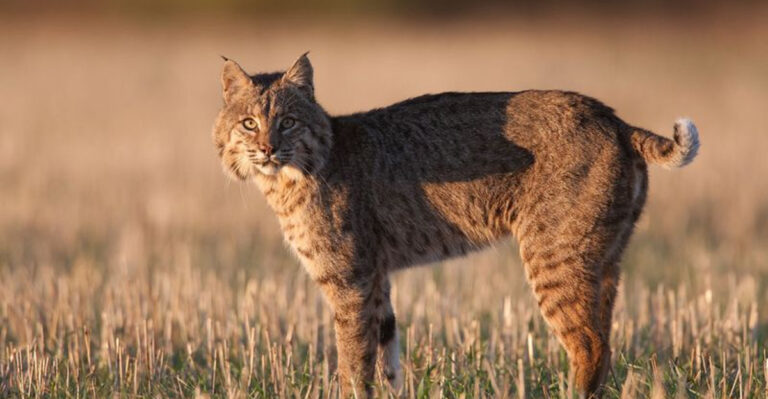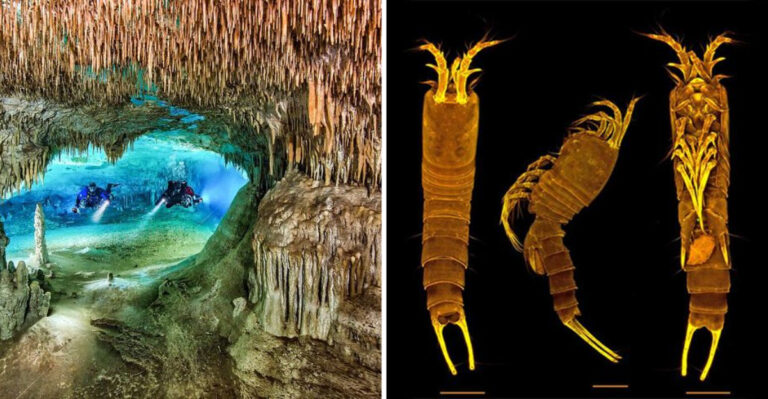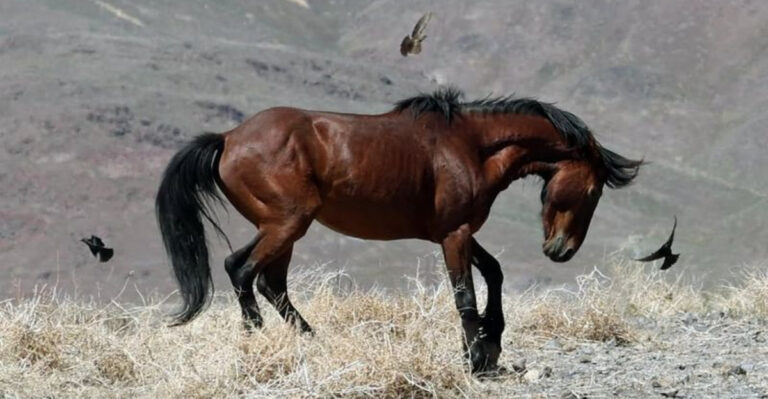Dolphins Are Hanging Out With Their Most Dangerous Predator, Here’s Why It’s Genius
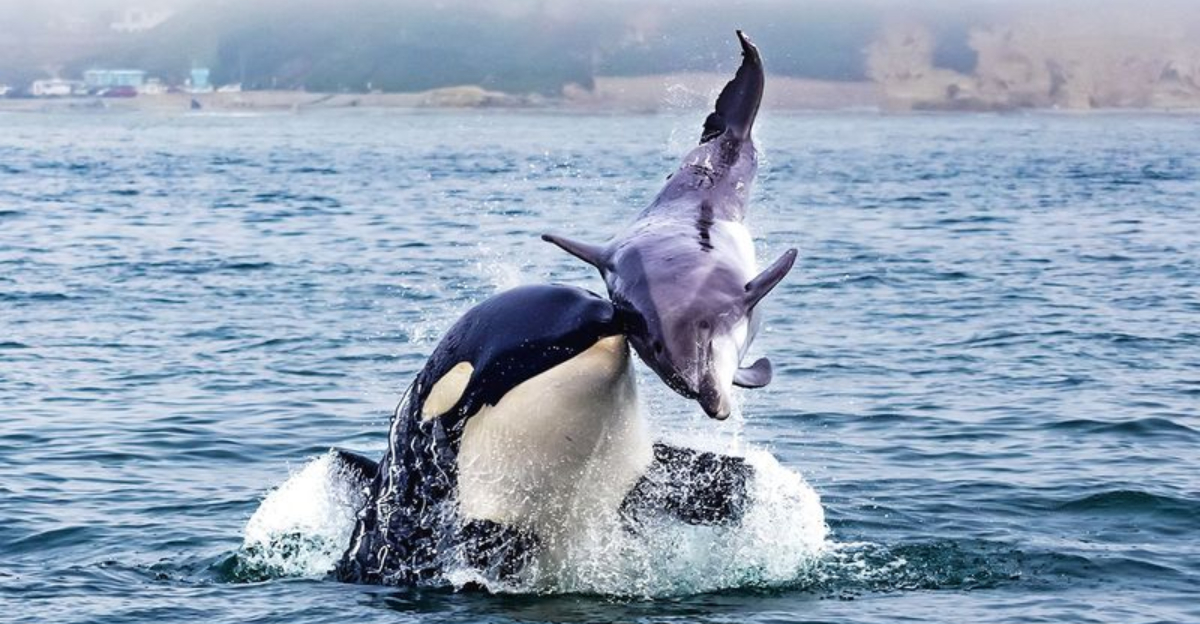
Dolphins are some of the smartest creatures in our oceans, constantly surprising scientists with their clever behaviors. Recently, researchers discovered something truly amazing – some dolphins are deliberately seeking out orcas!
This might sound crazy since orcas are known to hunt dolphins, but these dolphins have figured out a brilliant survival hack that shows just how intelligent they really are.
1. Smart Selection Of Swim Buddies
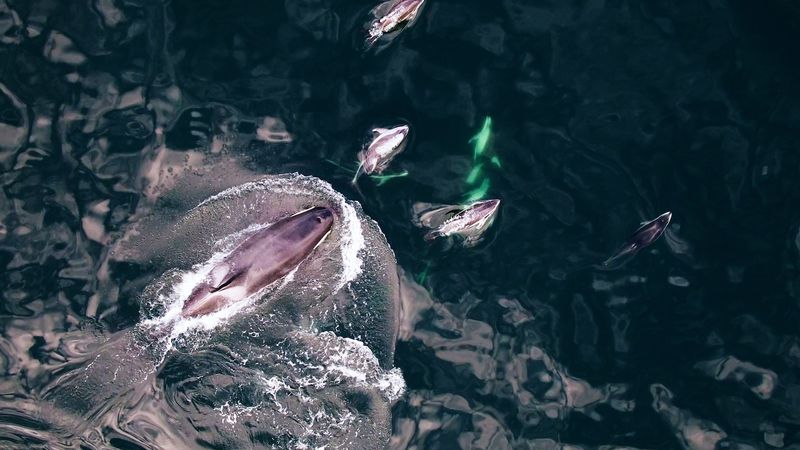
Pacific white-sided dolphins aren’t just hanging out with any orcas. They specifically choose resident killer whales that only eat salmon, not other marine mammals.
This clever distinction means they’re swimming alongside predators that have zero interest in eating them. The dolphins have essentially figured out which orcas are safe by observing their feeding habits.
2. Living Shield Protection
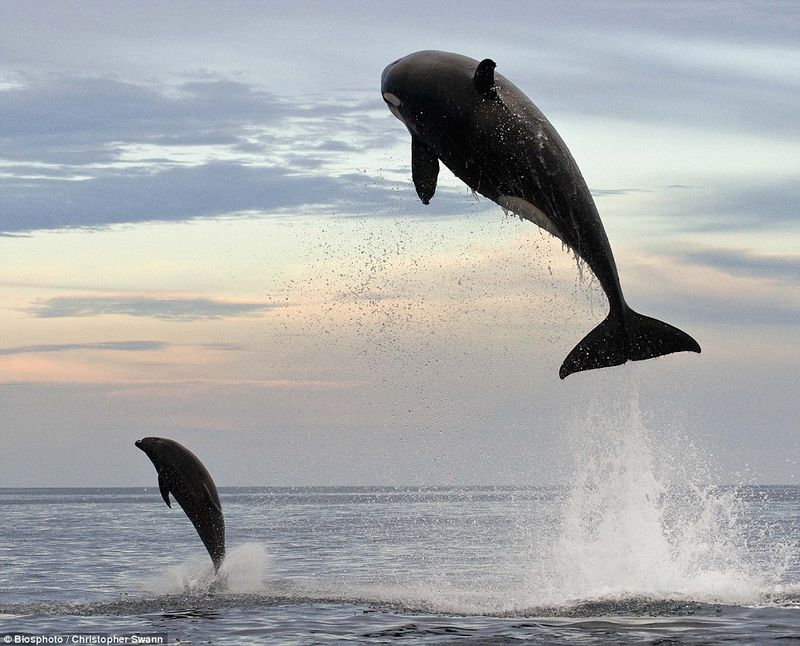
Hanging around with salmon-eating orcas creates a safety bubble for the dolphins. Other predators that would normally target dolphins stay far away when killer whales are present.
It’s like having the biggest, scariest bodyguard in the ocean watching your back. The dolphins essentially get free protection just by swimming in the right company.
3. Food Finding Partnership

Resident orcas are expert salmon hunters, using echolocation to track down schools of fish. Dolphins likely benefit from this hunting prowess.
When orcas locate salmon, dolphins can swoop in for easy meals. The smaller, more agile dolphins might even help herd fish toward the orcas, creating a mutually beneficial hunting arrangement that keeps both species well-fed.
4. Knowing Which Orcas To Avoid
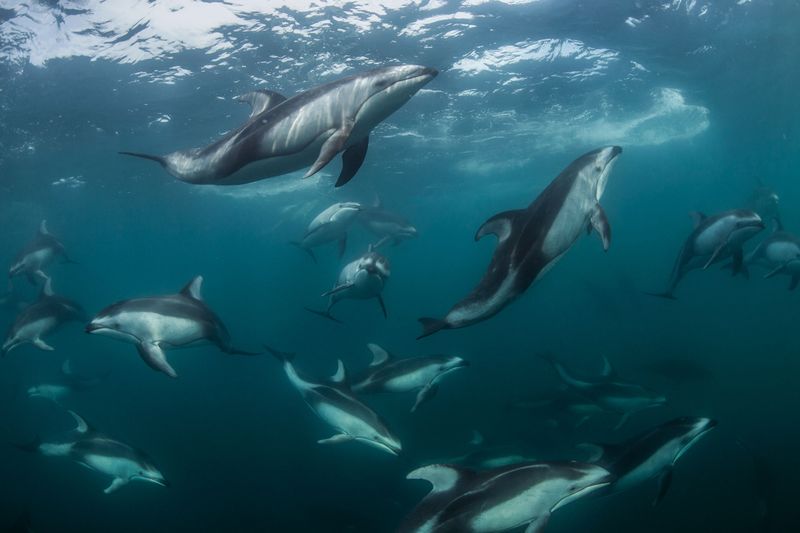
Not all killer whales are safe companions. Bigg’s killer whales (transients) actively hunt dolphins and would happily make a meal of them.
Dolphins show remarkable intelligence by distinguishing between these nearly identical-looking orca types. They recognize subtle differences in fin shapes, movement patterns, and even the sounds orcas make to identify which ones spell danger.
5. Extended Social Gatherings
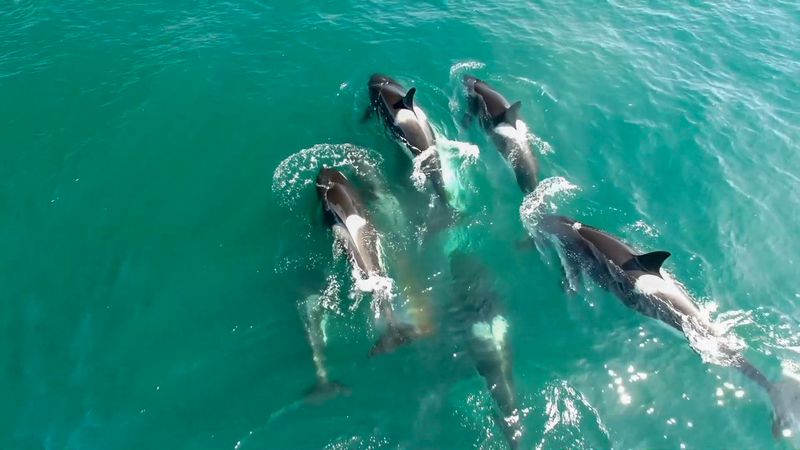
Researchers have documented dolphins sticking with orca pods for weeks at a time! These aren’t brief encounters but extended social relationships.
The persistence suggests dolphins receive significant benefits from these associations. Marine biologists using drones have captured footage of these interspecies gatherings, revealing complex social dynamics previously unknown to science.
6. Tolerant Orca Behavior
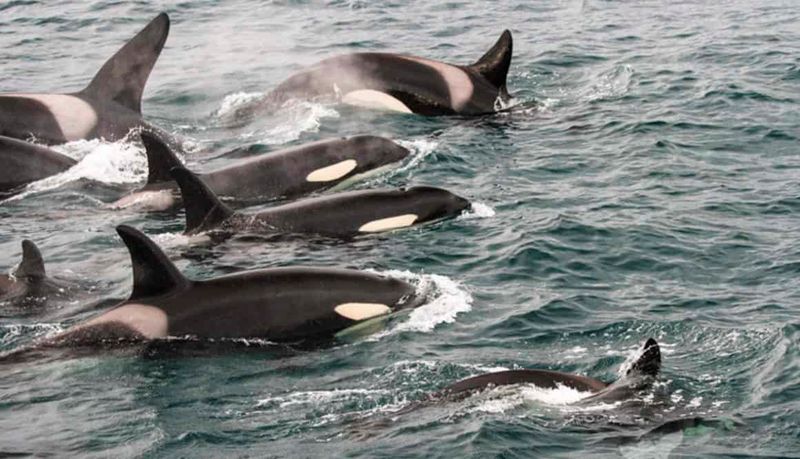
Adult killer whales show remarkable patience with their dolphin tagalongs. Though they occasionally flick their tails in annoyance when dolphins get too playful, they rarely display aggression.
This tolerance is surprising since orcas could easily harm the smaller mammals. Scientists believe this restraint might stem from the orcas’ highly developed social intelligence and ability to recognize non-threatening species.
7. Fearless Interaction Approach
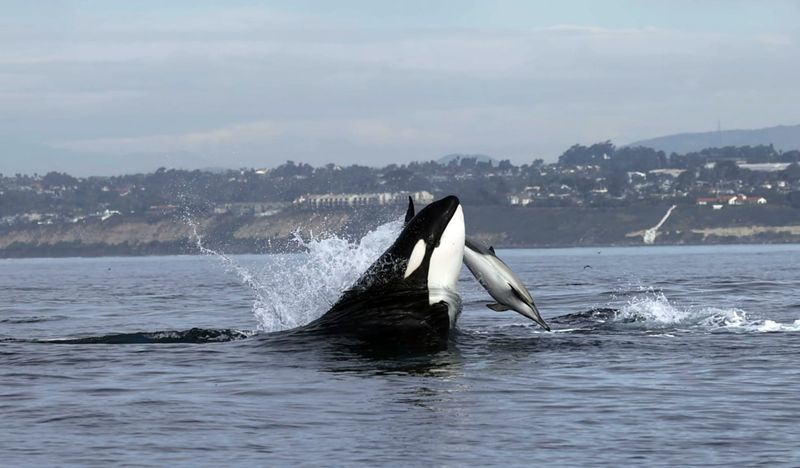
Despite the massive size difference, dolphins show zero fear around these giants. They confidently weave between 20,000-pound orcas like they’re navigating between furniture.
This bold behavior indicates dolphins truly understand they’re safe with resident orcas. Their relaxed swimming patterns and playful approaches show a level of trust that would be suicidal around transient killer whales.
8. Family Resemblance Factor
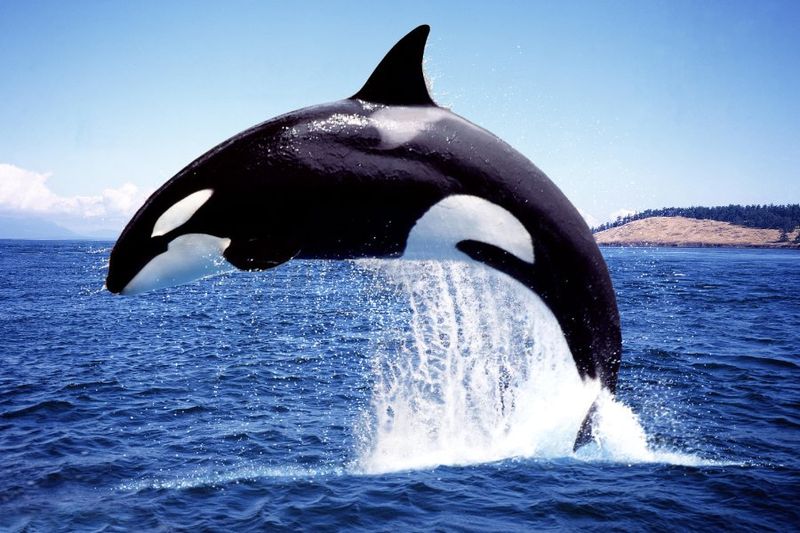
Surprisingly, orcas and dolphins are actually relatives! Killer whales are the largest members of the dolphin family, Delphinidae, not whales at all.
This family connection might explain some of their compatibility. Both species share similar social structures, communication methods, and intelligence levels. Their biological similarities likely contribute to their ability to coexist peacefully despite the size difference.
9. Communication Crossover
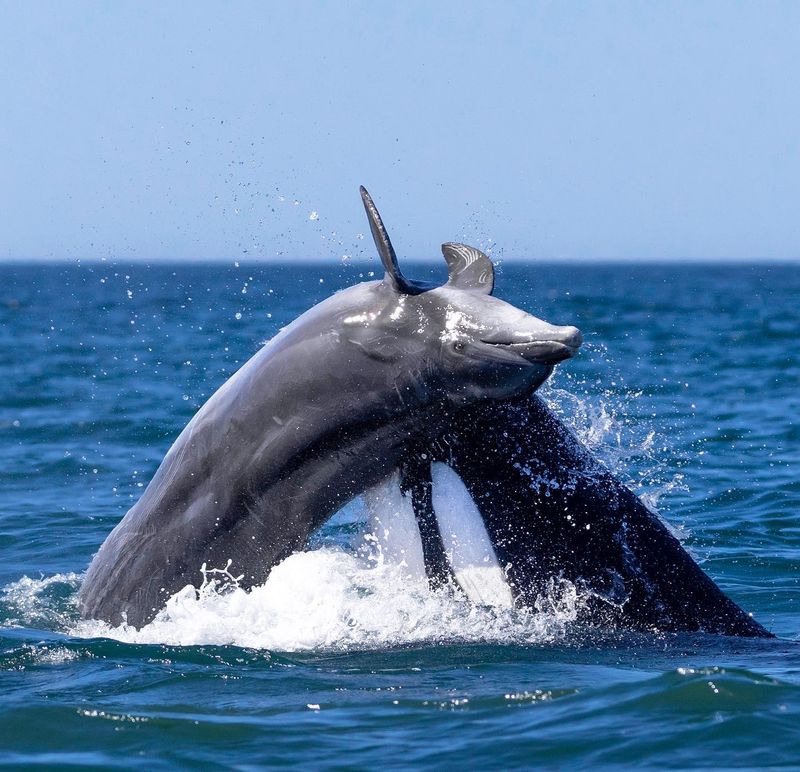
Both species use complex vocalizations and body language to communicate. Researchers have observed what appears to be interspecies communication attempts.
Dolphins and orcas can be seen synchronizing their movements and responding to each other’s calls. While they don’t share a language, they seem to understand basic cues and intentions, creating a rudimentary form of cross-species communication.
10. Playtime Possibilities
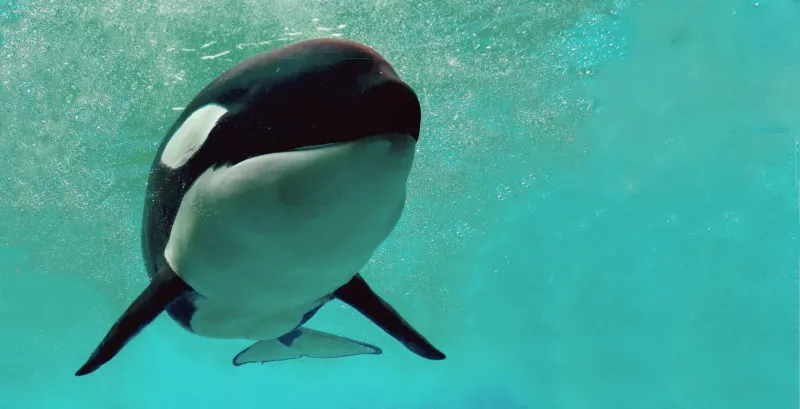
Young orcas seem especially receptive to dolphin company. Juvenile killer whales have been filmed engaging in what looks remarkably like play behavior with their smaller companions.
They chase each other, swim in synchronized patterns, and even exchange physical contact. This playful interaction suggests the relationship isn’t purely utilitarian for either species—there may be a social enjoyment component as well.
11. Learning Opportunity Exchange
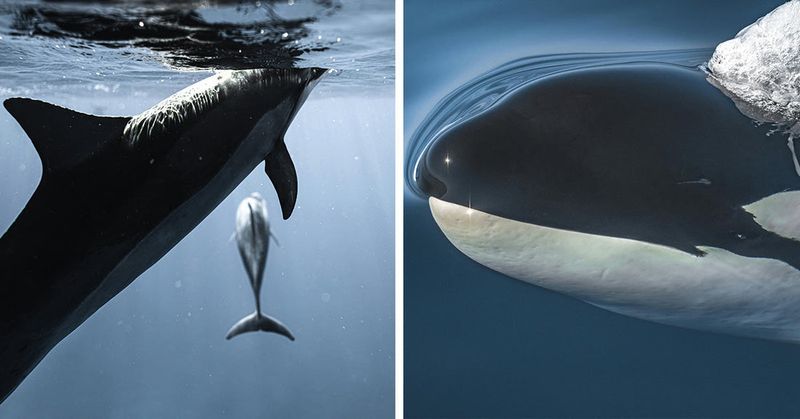
Both species benefit from observing each other’s hunting and social techniques. Dolphins may learn new feeding strategies by watching orcas tackle salmon runs.
Conversely, young orcas might learn agility and speed techniques from the nimble dolphins. This knowledge exchange represents a unique form of cultural transmission between different marine mammal species, something rarely documented in the wild.
12. Seasonal Strategy Shifts
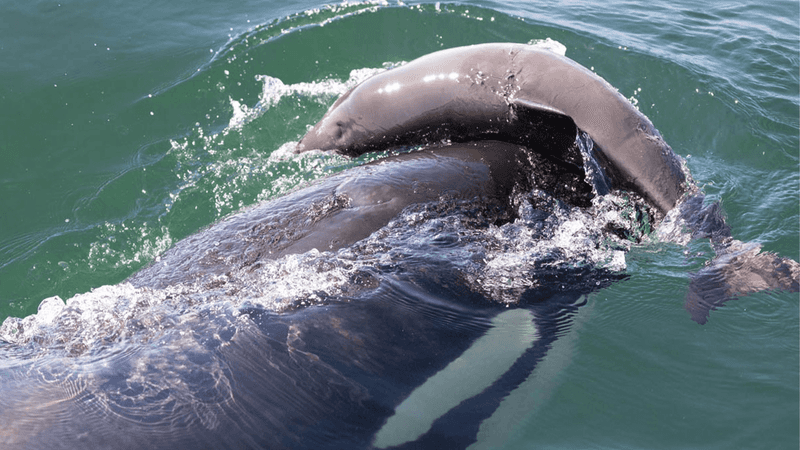
The frequency of these interspecies gatherings changes with salmon migration patterns. During peak salmon runs, dolphins are much more likely to seek out resident orcas.
This timing isn’t coincidental—it’s when hanging with orcas provides maximum feeding benefits. The dolphins’ strategic approach shows they understand not just who to associate with, but when these associations are most valuable.
13. Scientific Research Revolution
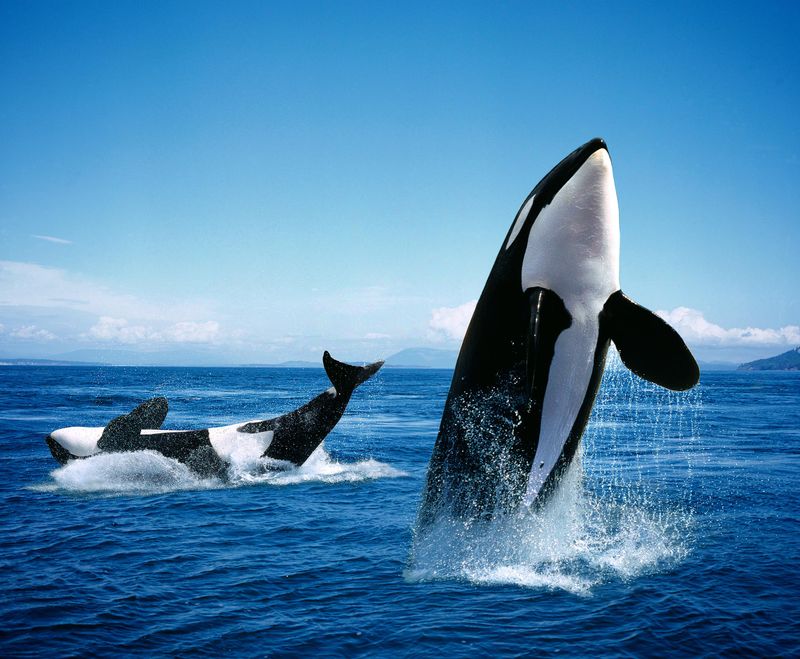
These unexpected dolphin-orca relationships are changing how scientists understand marine mammal intelligence and social dynamics. New research techniques, especially drone footage, have revolutionized observation capabilities.
What was once dismissed as random ocean encounters is now recognized as deliberate social strategy. This discovery opens exciting new questions about interspecies relationships throughout the ocean and the untapped cognitive abilities of marine mammals.



